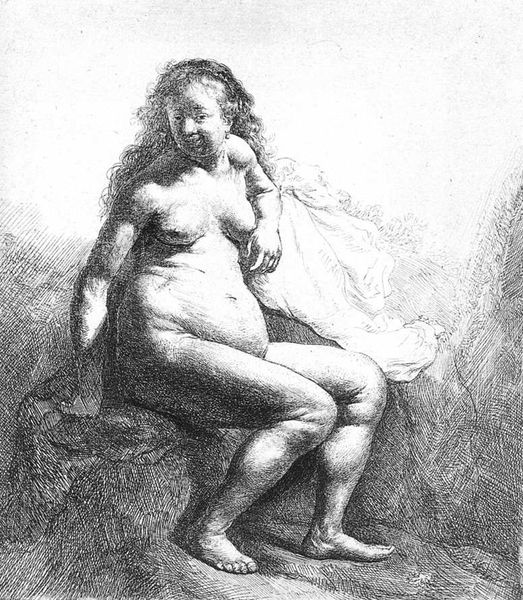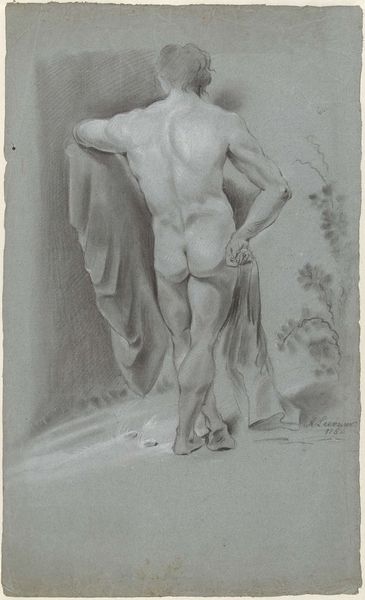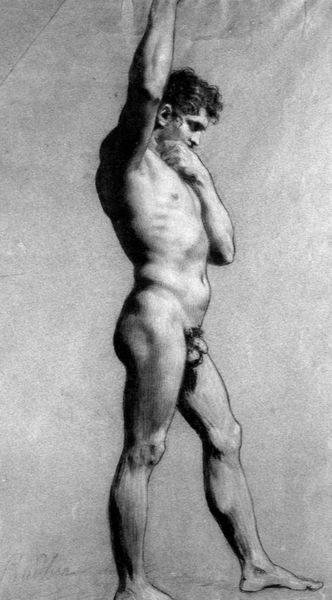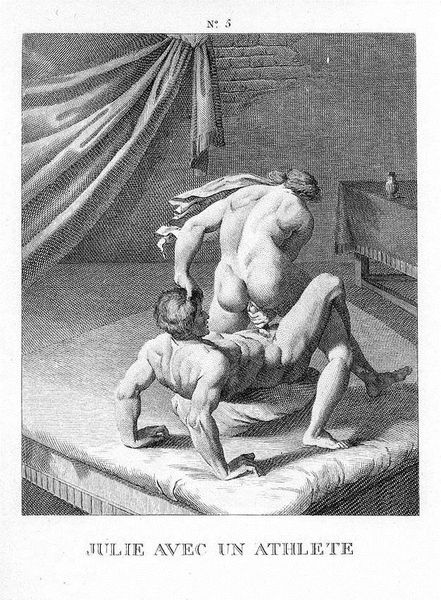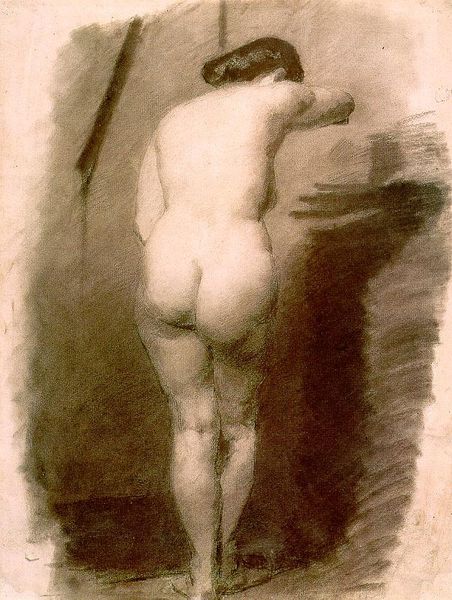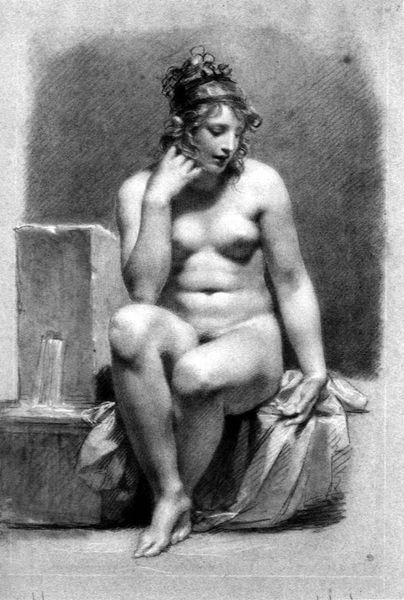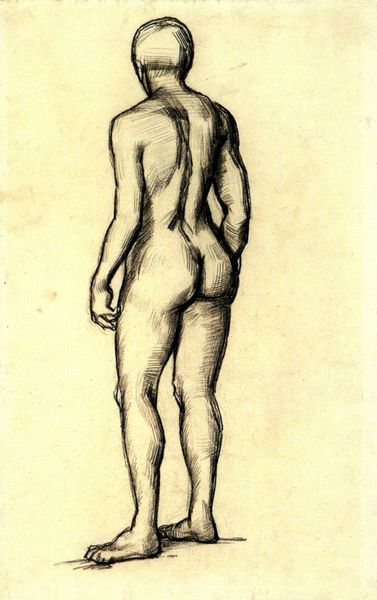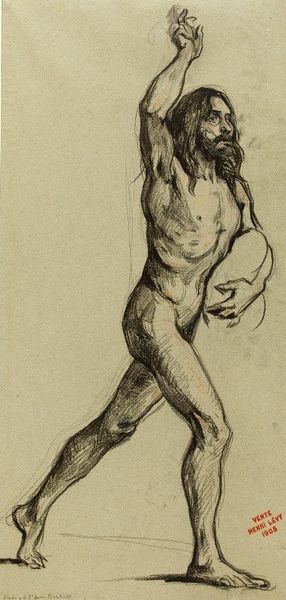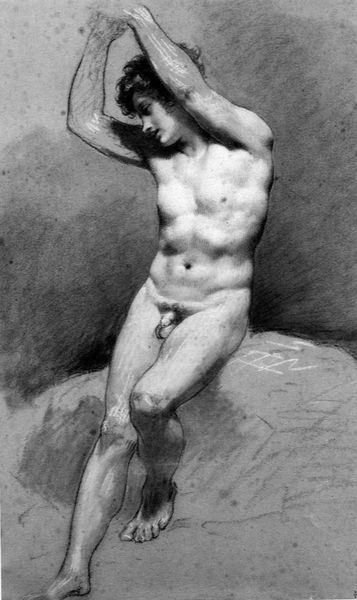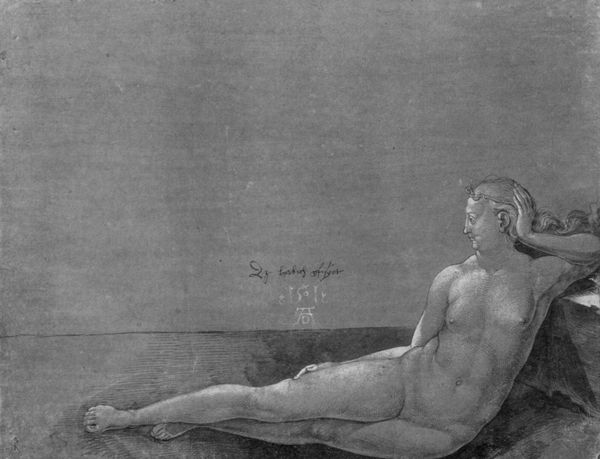
drawing
#
drawing
#
baroque
#
figuration
#
genre-painting
#
academic-art
#
nude
Copyright: Public domain
This is Piranesi's etching of a "Putto standing in place to clothe itself," derived from a work by Guercino. Piranesi, an Italian artist, working in the mid-18th century, produced the print. At this time, the concept of the putto, derived from classical art, was widespread across Europe, representing innocence. However, we need to be aware that "innocence" is a construction. In the history of art, nude figures are often highly sexualized. What is acceptable, what isn't? How might class, gender, and race play a part? Here, we see a putto, a child, but depicted from behind. How are we meant to view this image? To answer these questions, a historian might look into the popularity of the putto in 18th century Europe, focusing on where these artworks were displayed, and who their audiences were. The meaning of art is contingent on social and institutional context.
Comments
No comments
Be the first to comment and join the conversation on the ultimate creative platform.

